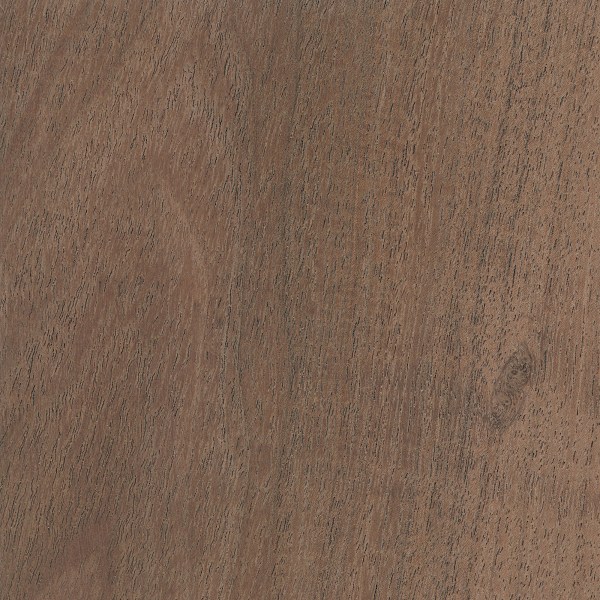Discover Black Mesquite: Uses, Facts & More
What makes a wood truly exceptional? Black mesquite, with its rich chocolate hues and remarkable resilience, stands as a testament to nature's artistry and practicality. From the arid landscapes of South America to the workshops of skilled artisans, this remarkable hardwood captivates with its versatility and enduring beauty.
Prized for its stability and workability, black mesquite has found its way into a diverse range of applications. Its warm, inviting tones make it a sought-after choice for flooring, furniture, and fine woodworking projects. The wood's inherent strength and resistance to decay also lend themselves to boatbuilding and other demanding applications. While often compared to black walnut, black mesquite possesses a unique character that sets it apart, showcasing a subtle figuring and a depth of color that deepens with age.
| Scientific Name | Prosopis nigra |
|---|---|
| Common Names | Black Mesquite, Algarrobo |
| Distribution | Argentina, Bolivia, Paraguay |
| IUCN Status | Data Deficient |
| Appearance | Heartwood: Medium to chocolate brown; Sapwood: Yellow/tan |
| Properties | Durable, stable, easy to work with, glues and finishes well |
| Uses | Flooring, furniture, boatbuilding, wood turning, crafts |
| Reference | IUCN Red List |
Journey to the high desert Chaco region of northern Argentina and Paraguay, and you'll discover black mesquite thriving under the name "algarrobo." This unique landscape shares a kindred spirit with the regions of West Texas and northern Mexico, where the honey mesquite, a close relative, has long been a favored material for flooring. This connection highlights the adaptability of the mesquite genus and its enduring appeal across diverse cultures and climates.
Beyond its practical applications, black mesquite carries a deeper significance. Its resilience in harsh environments, its ability to regenerate even after being cut to the ground, speaks to a strength and tenacity that resonates with many. Companies like Black Mesquite Wood Co., inspired by the tree's unwavering nature, have embraced its name and ethos, striving for adaptability and resilience in their own work. This connection between nature and human endeavor adds a layer of meaning to the wood, transforming it from a mere material into a symbol of perseverance and growth.
The beauty of black mesquite lies not only in its rich color but also in its unique grain patterns. Each piece tells a story, a testament to the tree's individual journey and the forces of nature that shaped it. Like a fingerprint, the grain of black mesquite is distinct and unrepeatable, adding an element of individuality to every creation. This inherent beauty is further enhanced by the wood's ability to take on a variety of finishes, from high-gloss polish to rustic, natural textures.
In the world of high-end furniture and bespoke craftsmanship, black mesquite shares the stage with other exotic hardwoods like sabino, rosa morada, and mango. Casa Mexicana, known for its solid custom dining tables, embraces these diverse woods, celebrating their unique qualities and the stories they tell. This appreciation for the natural world extends beyond the mere aesthetic, acknowledging the sustainable sourcing and responsible use of these precious resources.
From the smallest shrub to a towering 50-foot giant, the mesquite tree adapts to its surroundings, thriving in both shallow and deep soils. Its impressive canopy, often as wide as the tree is tall, provides welcome shade in arid landscapes. The fissured bark of mature trees, dark and almost black, adds to the tree's distinctive character, a visual testament to its resilience and longevity. And in spring and summer, spikes of delicate flowers emerge, eventually giving way to flat pods of beans, a valuable food source for both wildlife and humans.
The versatility of mesquite extends beyond its use as a solid wood. In the barbecue world, mesquite wood chips add a distinctive smoky flavor to grilled meats, a testament to the tree's pervasive influence in culinary traditions. Whether used for flooring, furniture, or flavoring food, mesquite embodies the essence of adaptability and resourcefulness.
The inclusion of mesquite in hardwood blends, alongside hickory and oak, speaks to its value and versatility. A 35%/65% blend, with the majority consisting of ebony, mesquite, and oak, highlights the harmonious balance that can be achieved by combining different wood species. This blending of strengths and characteristics allows for the creation of unique products with enhanced durability, stability, and aesthetic appeal.
The enduring appeal of black mesquite lies in its unique combination of beauty, strength, and versatility. From its rich chocolate hues to its intricate grain patterns, this remarkable wood captivates the senses and inspires creativity. Whether used in high-end furniture, handcrafted crafts, or as a flavorful addition to culinary creations, black mesquite continues to leave its mark on the world, a testament to the enduring power of nature's artistry.



